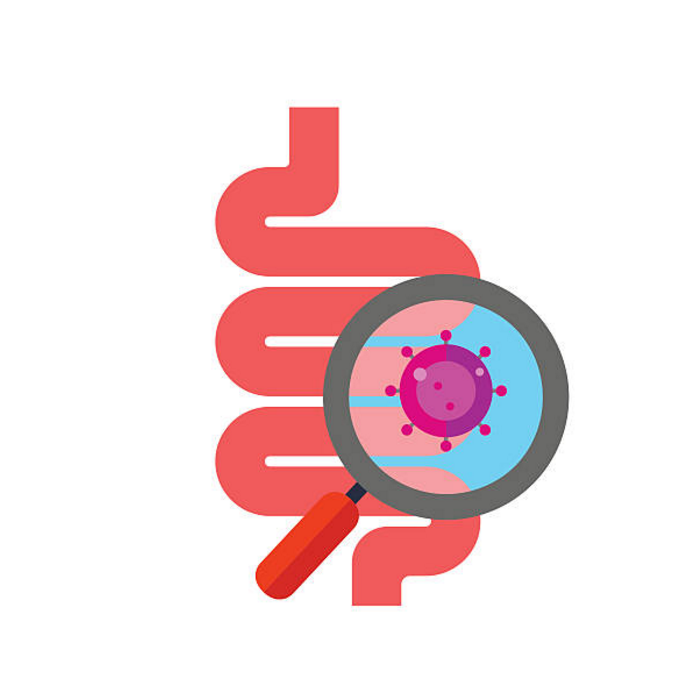General Information
Also known as Gastroscopy, Panendoscopy allows the gastroenterologist to comprehensively examine the upper digestive tract (oesophagus, stomach and duodenum), slowly guided by the camera image.
The endoscope is a long thin flexible tube equipped with a miniature video camera and fibre optic lighting at its tip. Images are seen on a monitor and are recorded for later study, confirmation and comparison if required. During the Panendoscopy, the gastroenterologist is able to take specimens, tissue samples (or biopsies) for histopathological testing or remove polyps.
Appropriate patient preparation and monitoring of the patient’s well-being before, during and after the procedure by dedicated medical personnel and skilled assistants ensures that sedated endoscopic examinations can be carried out safely at the Centre for Digestive Diseases.
Indications
Panendoscopy may be recommended by your doctor to investigate or confirm conditions such as:
- Ulcer disease
- Achalasia
- Barrett’s oesophagus
- Coeliac disease
- Gastro-oesophageal reflux disease (GORD)
- Helicobacter pylori infection
- Dyspepsia
- Oesophageal cancer
- Stomach cancer
Special Considerations
- If you are a diabetic or epileptic, please highlight this on your Patient Medical History Form, which can be downloaded from the following link: Patient Medical History Form. You will be contacted 2 working days prior to the procedure by the Nursing Staff at the Centre and given specific instructions on preparation.
- If you take blood thinning medications please ask your GP or prescribing doctor whether it is safe for you to stop these medications 7 days before your procedure date. If you cannot stop these medications safely, please ensure your paperwork is received 2 weeks in advance of your procedure date and you have highlight this information on your Patient Medical History Form, which can be downloaded from the following link: Patient Medical History Form.
Sedation
These procedures do not require a general anaesthetic. Instead, the Sedationist will administer intravenous sedation via a small needle through a vein at the back of the hand or in the arm. The injection is usually not painful.
Preparation
PANENDOSCOPY: If you are having a Panendoscopy only, no bowel preparation is required. Instead, you will need to prepare for the procedure by fasting (no eating or drinking) for a minimum of 4 hours. More details on Panendoscopy preparation can be obtained from this link: FM-110-Patient-Information-Gastroscopy-Panendoscopy
NB: If you are having multiple procedures on the same day, such as Panendoscopy and Colonoscopy, further preparation is required. Information on bowel preparation required for double procedures (Panendoscopy and Colonoscopy) can be found at: English-amended
Post Procedure Care
Please note the following important points after you have your procedures:
- You should not drive or operate heavy machinery for 12 hours following sedation.
- Avoid alcohol for 12 hours following your procedures.
- Please advise the person picking you up that we prefer that somebody is with you when you are given the results of your procedures.
- When you go home, we recommend that a friend or relative stay with you so that you are not alone after sedation. Following sedation, you may experience lightheadedness and may have a higher risk of falls.
Unless otherwise instructed by your gastroenterologist, after your procedures:
- You can resume your normal diet and medications immediately.
- You can return to work the next day.
- You may experience temporary discomfort or bloat for up to 24 hours as air may remain in the stomach or bowel. This will usually resolve without intervention but may be helped by drinking warm fluids, massaging the stomach and passing wind.
- You may experience lightheadedness
Complications
These procedures are considered safe but complications or side effects may occur.
The intravenous injection given for sedation may cause a local reaction or bruising under the skin, but is usually not painful and should not cause permanent damage.
After having a Panendoscopy, some patients may experience temporary discomfort or pain due to the introduction of air into the stomach or bowel. This will usually resolve without intervention in the days following the procedures.
Rarely, major complications can occur. Potential major complications include: perforation (or puncture) of the oesophagus, stomach or small bowel, haemorrhage (or bleeding) following removal of polyps, infection, or cardiac or respiratory arrest related to sedation/anaesthesia.
Major complications are rare and the staff at CDD are all well trained to deal with emergency situations. If you wish to discuss the potential risks or any issues regarding your procedure(s) in more detail, please speak with the gastroenterologist.
Contact Details
Please see the following link for CDD contact details during office hours Monday, Tuesday, Thursday and Friday (7am – 5pm ) and Wednesday (8.30am – 1.30pm): https://centrefordigestivediseases.com/contact-us/. As the Centre is a Day Stay Unit only, if complications following procedure arise outside of business hours you should seek medical attention from either your GP or nearest hospital emergency department.

